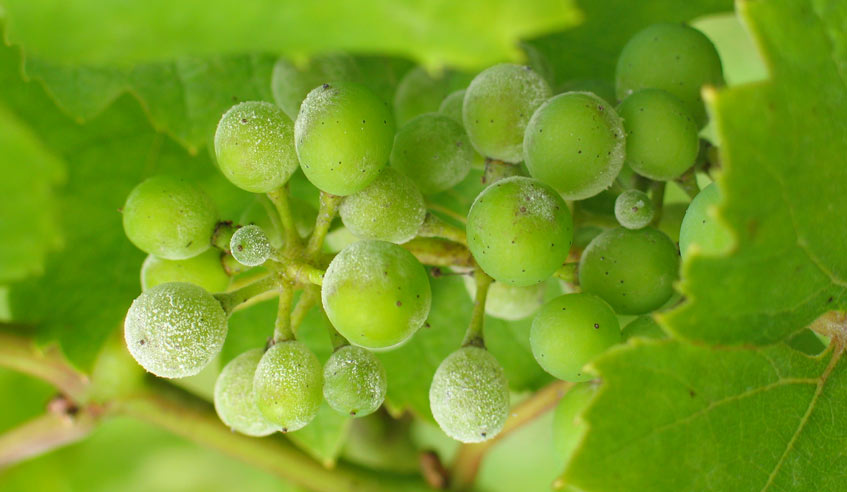Vines, as everyone knows, are plants. But did you know that vines are also exposed to numerous diseases year-round which can threaten their lives and, consequently, the resulting wine as well. The work of the producer consists mainly of tending to his vines on a daily basis, protecting them from these risks. Here we will take a look at some of the most common vine diseases.

Flavescence dorée
We have previously mentioned the disease which caused the most damage in Europe’s vineyards, names phylloxera. Although this problem has been resolved (on condition of irreversibly changing vine growing methods), we could compare flavescence dorée to phylloxera in terms of its spread. In this instance it is not an insect which is directly responsible for the disease, although the vector for flavescence dorée is the leafhopper, which allows it to spread. Flavescence dorée is simply a bacteria which infects the vine, remaining there for the rest of its life. The only remedy is to pull up the affected vine and burn it – a dramatic solution certainly, but one which effectively prevents the disease from spreading to other vines. There are however preventative measures that can be taken against flavescence dorée infection, and these are even obligatory in the Gironde, where the disease thrives.
Flavescence dorée can be recognised by a reddening of the leaves of red varieties, and a yellowing of those of white varieties, a lack of cold hardening, and withered bunches. The sobering consequence of this disease is no less than the total loss of the harvest and the inevitable death of the vine in question.
Downy mildew
Downy mildew is caused by a fungus-like (Oomycete) organism that affects vines in particular. Its origins are in North America but it appeared in France in 1879, so growers here are certainly familiar with it. This disease can be recognised by the brown patches that look like oil spots found on the vine’s leaves and the white, mould-like growth on the underside. The leaves dry out and eventually fall. Downy mildew can also be found on the bunches, potentially affecting both the quantity and quality of the harvest, making this disease the number one enemy of wine growers everywhere.
Powdery mildew
Powdery mildew is also a fungal disease favoured by heat and humidity. As a result it often appears after summer rains, leaving the grower to fight back from this moment until harvest time. Powdery mildew causes oil spots on the leaves similar to those caused by downy mildew, but these spots eventually take on a grey-ish colour. The fungus also attacks the bunches, causing infected berries to fall early. The remaining berries become covered by grey mould which causes the juice to run, encouraging rot to set in.
We have listed only a few of the main vineyards diseases but there exist many more. Despite all precautions taken against vineyard disease, the wine itself can fall prey to disease, and we will examine this topic in another article.

